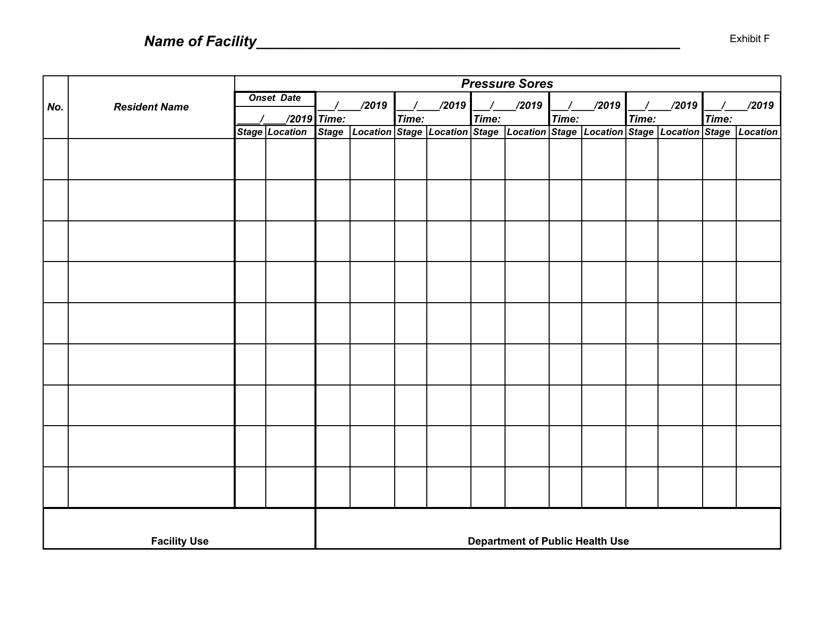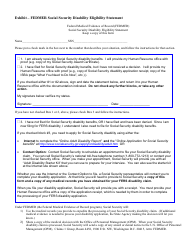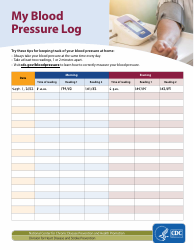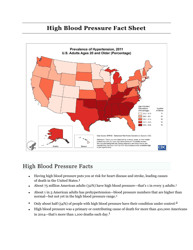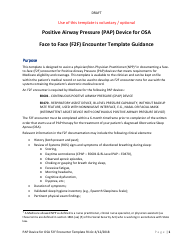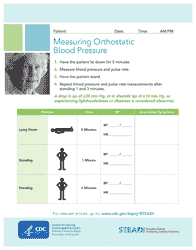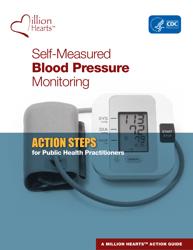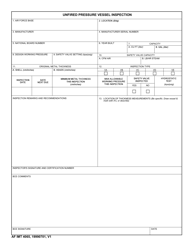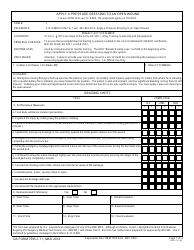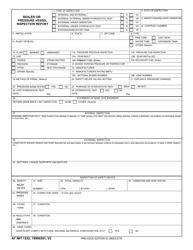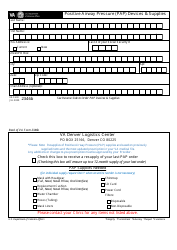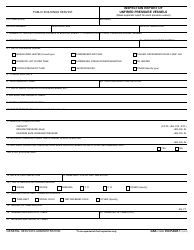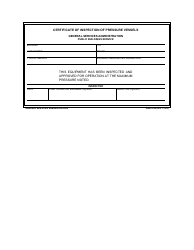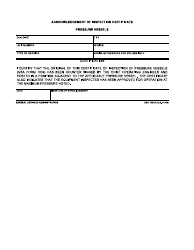Exhibit F Pressure Sores - Connecticut
What Is Exhibit F?
This is a legal form that was released by the Connecticut State Department of Public Health - a government authority operating within Connecticut. As of today, no separate filing guidelines for the form are provided by the issuing department.
FAQ
Q: What are pressure sores?
A: Pressure sores, also known as bed sores or pressure ulcers, are injuries to the skin and underlying tissue that result from prolonged pressure on the skin.
Q: How do pressure sores develop?
A: Pressure sores develop when a person remains in one position for too long, leading to reduced blood flow to the skin and tissues. This can happen in situations like being bedridden or sitting for long periods.
Q: What are the risk factors for developing pressure sores?
A: Risk factors for developing pressure sores include immobility, poor nutrition, moisture or excessive sweating, decreased sensation, and certain medical conditions such as diabetes or circulatory problems.
Q: What are the stages of pressure sores?
A: Pressure sores are categorized into four stages: Stage 1 - characterized by redness and mild skin damage; Stage 2 - involves partial thickness skin loss; Stage 3 - involves full thickness skin loss; Stage 4 - involves extensive tissue damage.
Q: How are pressure sores treated?
A: Treatment for pressure sores may include regular repositioning to relieve pressure, keeping the area clean and dry, using special cushions or mattresses, and in more severe cases, surgical interventions may be needed.
Q: How can pressure sores be prevented?
A: Pressure sores can be prevented by maintaining good skin hygiene, regularly changing positions to relieve pressure, using appropriate support surfaces, and ensuring proper nutrition and hydration.
Form Details:
- The latest edition provided by the Connecticut State Department of Public Health;
- Easy to use and ready to print;
- Quick to customize;
- Compatible with most PDF-viewing applications;
- Fill out the form in our online filing application.
Download a printable version of Exhibit F by clicking the link below or browse more documents and templates provided by the Connecticut State Department of Public Health.
